10 Million Times Normal Level of Radioactivity in Water at Reactor #2, Fallout?
Woes deepen over radioactive waters at nuke plant, sea contamination Kyodo News. Excerpts:
Highly radioactive pools of water found inside buildings near some troubled nuclear reactors at the Fukushima Daiichi plant highlighted the deepening seriousness of the nuclear crisis in Japan on Sunday, with the radiation level of the surface of the water in the basement of the No. 2 reactor's turbine building found to be over 1,000 millisieverts per hour.
Hidehiko Nishiyama, spokesman for the government's nuclear safety agency, said, ''This is quite a high figure...and it is likely to be coming from the reactor.''
Adding to woes is the increasing level of contamination in the sea near the plant. Radioactive iodine-131 at a concentration 1,850 times the legal limit was detected from water extracted Saturday, compared with the 1,250.8 times the limit found Friday, the agency said.
IAEA chief warns Japan's nuke crisis 'far from the end': report Kyodo News. Excerpts:
Citing a telephone interview, the newspaper wrote that the world's chief nuclear inspector said his biggest concern now centered on spent fuel rods sitting in open cooling pools atop reactor buildings of the quake-hit Fukushima Daiichi plant, about 220 kilometers northeast of Tokyo.
More than two weeks after the March 11 massive quake-tsunami disaster, which crippled the plant, Amano cautioned that the nuclear emergency could still go on for weeks, if not months, given the enormous damage to the plant, the paper said.
Workers evacuated as reactor radioactivity soars From The Irish Times. Excerpts:
Japanese authorities evacuated workers today from a reactor building they were working in after radiation in water at the crippled nuclear power plant reached potentially lethal levels, the plant's operator said.
Tokyo Electric Power Co said radiation in the water of the No. 2 reactor at the Fukushima Daiichi plant was measured at more than 1,000 millisieverts an hour. That compares with a national safety standard of 250 millisieverts over a year.
The US Environmental Protection Agency says a dose of 1,000 millisieverts is enough to cause haemorrhaging. Japanese nuclear regulators said the water contained 10 million times the amount of radioactive iodine than is normal in the reactor, but noted the substance had a half life of less than an hour, meaning it would disappear within a day.
I'm sure the damage isn't already done.. Fresh water cooling Japan nuclear plant From Adelaide Now. Excerpts:
JAPANESE emergency teams are using fresh water instead of seawater to try to cool reactors at Japan's tsunami-damaged nuclear plant.
They had switched to using fresh water at the Fukushima nuclear power facility because it was less corrosive than seawater, the UN atomic watchdog said in a statement.
"The IAEA has been informed by Japanese authorities that fresh water is now being used in place of seawater to cool the reactor pressure vessels at units 1, 2 and 3 at the Fukushima nuclear plant," it said.
encouraging. hooray.
This will be the week when everything changes. Get ready, then hang on.
Woes deepen over radioactive waters at nuke plant, sea contamination Kyodo News. Excerpts:
Highly radioactive pools of water found inside buildings near some troubled nuclear reactors at the Fukushima Daiichi plant highlighted the deepening seriousness of the nuclear crisis in Japan on Sunday, with the radiation level of the surface of the water in the basement of the No. 2 reactor's turbine building found to be over 1,000 millisieverts per hour.
Hidehiko Nishiyama, spokesman for the government's nuclear safety agency, said, ''This is quite a high figure...and it is likely to be coming from the reactor.''
Adding to woes is the increasing level of contamination in the sea near the plant. Radioactive iodine-131 at a concentration 1,850 times the legal limit was detected from water extracted Saturday, compared with the 1,250.8 times the limit found Friday, the agency said.
IAEA chief warns Japan's nuke crisis 'far from the end': report Kyodo News. Excerpts:
Citing a telephone interview, the newspaper wrote that the world's chief nuclear inspector said his biggest concern now centered on spent fuel rods sitting in open cooling pools atop reactor buildings of the quake-hit Fukushima Daiichi plant, about 220 kilometers northeast of Tokyo.
More than two weeks after the March 11 massive quake-tsunami disaster, which crippled the plant, Amano cautioned that the nuclear emergency could still go on for weeks, if not months, given the enormous damage to the plant, the paper said.
Workers evacuated as reactor radioactivity soars From The Irish Times. Excerpts:
Japanese authorities evacuated workers today from a reactor building they were working in after radiation in water at the crippled nuclear power plant reached potentially lethal levels, the plant's operator said.
Tokyo Electric Power Co said radiation in the water of the No. 2 reactor at the Fukushima Daiichi plant was measured at more than 1,000 millisieverts an hour. That compares with a national safety standard of 250 millisieverts over a year.
The US Environmental Protection Agency says a dose of 1,000 millisieverts is enough to cause haemorrhaging. Japanese nuclear regulators said the water contained 10 million times the amount of radioactive iodine than is normal in the reactor, but noted the substance had a half life of less than an hour, meaning it would disappear within a day.
I'm sure the damage isn't already done.. Fresh water cooling Japan nuclear plant From Adelaide Now. Excerpts:
JAPANESE emergency teams are using fresh water instead of seawater to try to cool reactors at Japan's tsunami-damaged nuclear plant.
They had switched to using fresh water at the Fukushima nuclear power facility because it was less corrosive than seawater, the UN atomic watchdog said in a statement.
"The IAEA has been informed by Japanese authorities that fresh water is now being used in place of seawater to cool the reactor pressure vessels at units 1, 2 and 3 at the Fukushima nuclear plant," it said.
encouraging. hooray.
This will be the week when everything changes. Get ready, then hang on.















































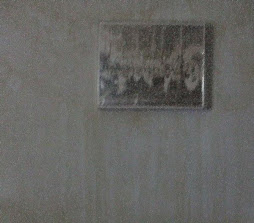






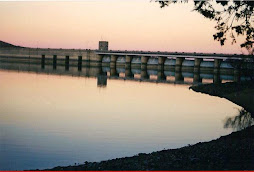












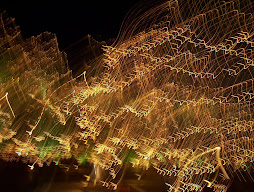

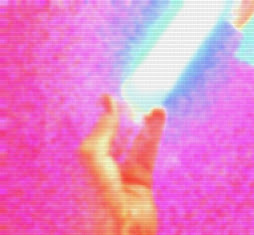










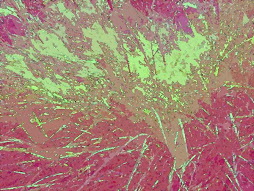
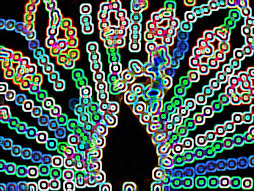









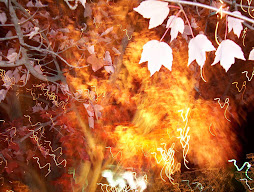













No comments:
Post a Comment